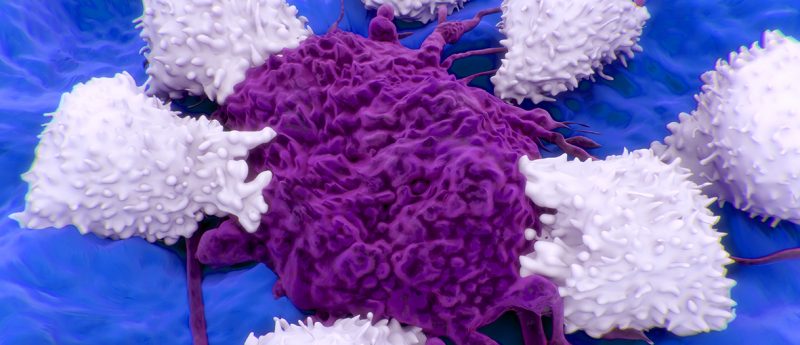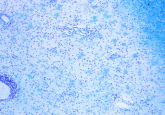Combined-modality hypofractionated radiotherapy for elderly patients with glioblastoma: setting a new standard

Glioblastoma (GBM) is the most common malignant primary brain tumour. It disproportionately affects the older segment of the population, as approximately half of the patients with GBM are above 65 years [1,2]. Moreover, the aging of the baby boom generation foreshadows a ‘silver tsunami’ of GBM [1]. Overlapping problems complicate management decisions for elderly patients, whether or not they have GBM. These may include multiple comorbidities and poor physiologic reserves, polypharmacy, limited mobility, cognitive decline, and social and financial vulnerability [3]. In addition, survival among elderly patients with GBM has been consistently shorter than among younger patients, with a population...





